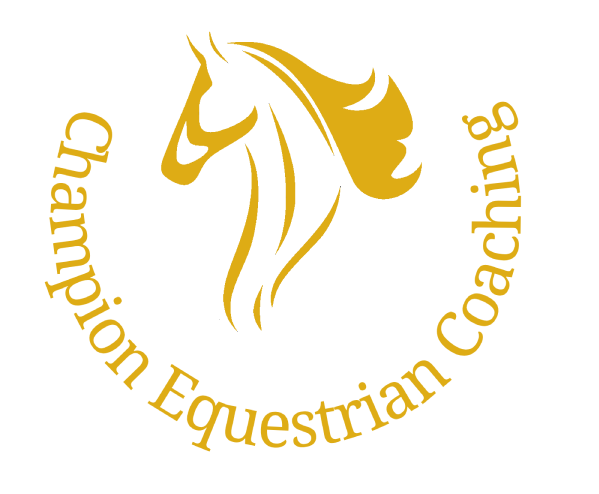Seasoned equestrian? You already know the importance of a well-rounded fitness regime. But are you truly maximising the potential of hill work? Hill work isn’t just about a change of scenery; it’s a strategic tool to sculpt a stronger, more resilient, and athletic equine partner. Let’s delve into the physiological advantages.
Targeted muscular development
Hill work offers a highly specific approach to muscle engagement. It helps to build muscle strength, particularly in the hindquarters and topline, which are crucial for propulsion and balance, and engages the gluteal muscles and hamstrings, enhancing overall musculature. This isn’t about bulk; it’s about developing the powerhouse necessary for:
- Enhanced propulsive force: The increased demand uphill directly translates to more powerful strides and improved impulsion across all gaits.
- Superior pelvic stability: Stronger gluteals contribute to a more stable pelvis, crucial for balance, collection, and injury prevention.
Cardiovascular conditioning
While flatwork builds a foundation, incorporating inclines introduces a significant cardiovascular challenge. The increased gradient necessitates greater cardiac output to supply working muscles with oxygen, leading to:
- Improved VO2 Max: Regular hill work can contribute to a higher maximum oxygen uptake, directly impacting stamina and the horse’s ability to sustain effort.
- Enhanced lactate threshold: By developing the cardiovascular system, we can improve the point at which lactate accumulates, delaying fatigue during demanding activities.
This is particularly beneficial for disciplines requiring stamina, such as endurance riding and eventing.
Proprioceptive enhancement
Negotiating varied terrain, particularly declines, demands heightened proprioception – the horse’s awareness of its body in space. This constant adjustment refines:
- Dynamic stability: The horse learns to rapidly adapt its weight distribution and limb placement, improving balance on uneven surfaces.
- Neuromuscular coordination: The intricate interplay between muscles and the nervous system is enhanced, leading to improved agility and responsiveness.
Mitigating injury risk
The benefits extend beyond performance. Thoughtfully implemented hill work can play a crucial role in injury prevention:
- Ligament and tendon strengthening: The controlled stress of varied inclines can stimulate collagen synthesis, leading to stronger and more resilient connective tissues.
- Shock absorption optimisation: The engagement of the hindlimb musculature during uphill work enhances their ability to absorb impact, reducing stress on distal joints
Neurological engagement
Beyond the physical, introducing hill work provides crucial mental stimulation:
- Reduced habituation: Breaking the monotony of arena work can prevent learned helplessness and maintain a more engaged and willing partner.
- Improved cognitive processing: Navigating varied terrain requires increased focus and spatial awareness, potentially enhancing cognitive function.
Strategic implementation: best practices for owners
Hopefully this has convinced you to consciously incorporate hill work into your riding. However, as with any training programme, start gently if your horse is new to this type of work, and consider these nuances:
- Gradually increase the steepness, duration, and frequency of hill work to positively challenge your horse.
- Tailor hill work to the demands of your discipline. For example, longer, moderate inclines for endurance, and shorter, steeper climbs for disciplines requiring explosive power.
- Pay close attention to your horse’s gait, breathing, and recovery. Adjust the intensity based on their individual response.
Hill work isn’t just a scenic detour; it’s a scientifically sound method to elevate your horse’s fitness across multiple physiological systems. By understanding the underlying mechanisms, you can strategically incorporate this powerful tool into your training program. It’s a fantastic way to build a stronger, fitter, more balanced, and mentally happy horse. Get out there and explore those hills – your horse will thank you for it!

